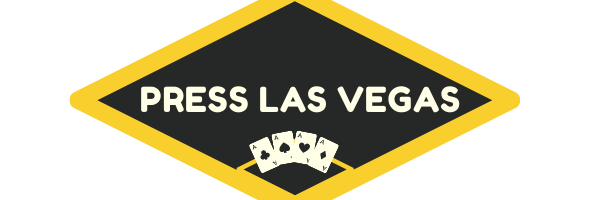Looking back at how the 1989 convention led to Scottish devolution

[ad_1]
The first meeting of the convention took place in March 1989, attended by MPs, councillors, clergy, trade unionists, businessmen and academics. Reports noted that by 3pm, the gathering had dwindled as “trade in the nearby pubs picked up”.
Chair Canon Kenyon Wright, a long-time campaigner for devolution, had the difficult task of trying to find consensus among the disparate groups.
READ MORE: Call to invite Unionists to Scottish independence convention
His rallying cry of “We say yes and we are the people” to address the expectation that Margaret Thatcher would veto any proposals for Scottish devolution has gone down in history.
However reports of the first meeting highlighted how it was difficult for the media to find any sign of disputes, with the occasion described as “ominously constructive”.
Writing in The Glasgow Herald, Murray Ritchie said: “While the gathering applauded a succession of speakers with spontaneous and heartfelt goodwill, the massed ranks of the media, ever alert for a fresh angle, looked for splits, demos, interlopers, trouble. They were having a disappointing time.”
He also noted the presence of a “scruffy mob outside, some wearing Rangers scarves, waved a Union flag and shouted abuse”.
He added: “They were, apparently, some new breed of young Conservative, certainly not the type to endear themselves to the twinset and pearls crowd. But their demo fizzled.”

The Tories were not the only party that did not take part in the convention.
Ahead of the first gathering, a meeting of the SNP’s national council voted not to take part by 191 votes to 41, with a debate hearing concerns the convention would not succeed and was a Labour “trap”
to lure the party into campaigning for devolution.
Then vice-president Jim Sillars said: “We have to decide whether we are part of a marshmallow set of Scottish society that looks good until you squeeze it and find nothing.

“We are going to take our country to independence in Europe on the basis of hard-rock principle.’’ Not everyone agreed, however, with national executive “dissident” Isobel Lindsay arguing refusing to take part would be out of step with the opinion of Scottish people.
She said: “That convention will meet on March 30 and make a ringing declaration asserting the sovereign rights of the Scottish people.
“Are we going to push that national drive forward or are we going to be out there standing shoulder to shoulder with the Tory Party and the CBI?’’ By October of 1989, the Scottish Constitutional Convention published 250,000 copies of a consultation leaflet seeking the views of Scottish people on three possible types of parliament for Scotland – including an elected parliament in an independent Scotland.
The convention laid the groundwork for Labour’s inclusion of a policy for devolution in its 1997 election manifesto.
A referendum on the creation of a Scottish Parliament was held the same year and the first meeting of the institution in its modern form took place in 1999.
[ad_2]
Source

